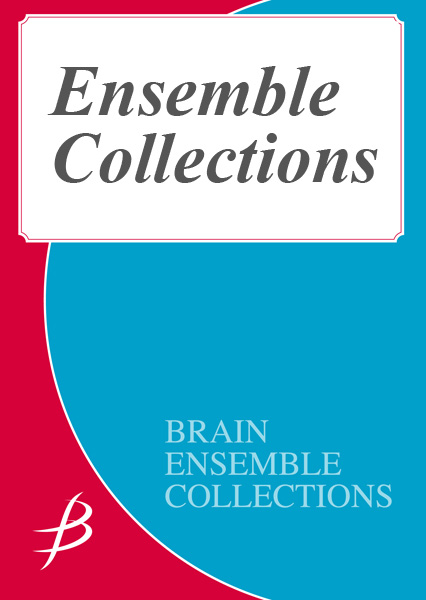Nous utilisons des cookies pour améliorer votre expérience utilisateur. Pour se conformer à la nouvelle directive concernant la vie privée, nous devons vous demander votre consentement pour définir des cookies. En savoir plus.
<< Retour à l'aperçu

Bismuth Psychedelia II

Partitions pour octuor de cuivres.
| Article no.: | BRENMS84558 |
|---|---|
| Compositeur: | Takafumi Hikage |
| Niveau: | 5 |
| Durée: | 4:50 |
| Editeur: | Brain Music |
Disponible dans ces catégories
40,00 €
TTC
Disponibilité :
En stockExpédié :
Sous 1 jour ouvrableBb Trumpet 1 (doubling Bb Piccolo Trumpet) | Bb Trumpet 2 | Bb Trumpet 3 | F Horn (doubling 2 Anvils) | Trombone 1 | Trombone 2 | Euphonium | Tuba
Commissioned by Tokai University Sugao High School Wind Symphony, and composed as a sequel to "Bismuth Psychedelia I". While it shares elements with the previous work, I have taken a more assertive approach to homophony and glissandos. Through those efforts, I tried to express the metallic hues of bismuth and the grotesque impression of interplays of regularity and irregularity. Let me refer to some techniques.
The glissando marked as "harm." is a harmonic glissando, tracing a natural overtone sequence, and is notated separately from regular glissandos. "Moderately" and "fast" in the middle section indicate the speed of opening and closing movements with the wah-wah mute. When the same speed is indicated across different parts, you do not have to synchronize the speed; instead, you can create a distinct sound by introducing a deliberate "gap" between them.
In the fast section, create a robust, well-defined sound with clear contours. Conversely, in the middle section, it would be better to envision a "flickering light" or a subtle gradation.
(Takafumi Hikage)
Commissioned by Tokai University Sugao High School Wind Symphony, and composed as a sequel to "Bismuth Psychedelia I". While it shares elements with the previous work, I have taken a more assertive approach to homophony and glissandos. Through those efforts, I tried to express the metallic hues of bismuth and the grotesque impression of interplays of regularity and irregularity. Let me refer to some techniques.
The glissando marked as "harm." is a harmonic glissando, tracing a natural overtone sequence, and is notated separately from regular glissandos. "Moderately" and "fast" in the middle section indicate the speed of opening and closing movements with the wah-wah mute. When the same speed is indicated across different parts, you do not have to synchronize the speed; instead, you can create a distinct sound by introducing a deliberate "gap" between them.
In the fast section, create a robust, well-defined sound with clear contours. Conversely, in the middle section, it would be better to envision a "flickering light" or a subtle gradation.
(Takafumi Hikage)
Brass Octet,ENMS-84558
 Français
Français Nederlands
Nederlands  English
English  Deutsch
Deutsch 
